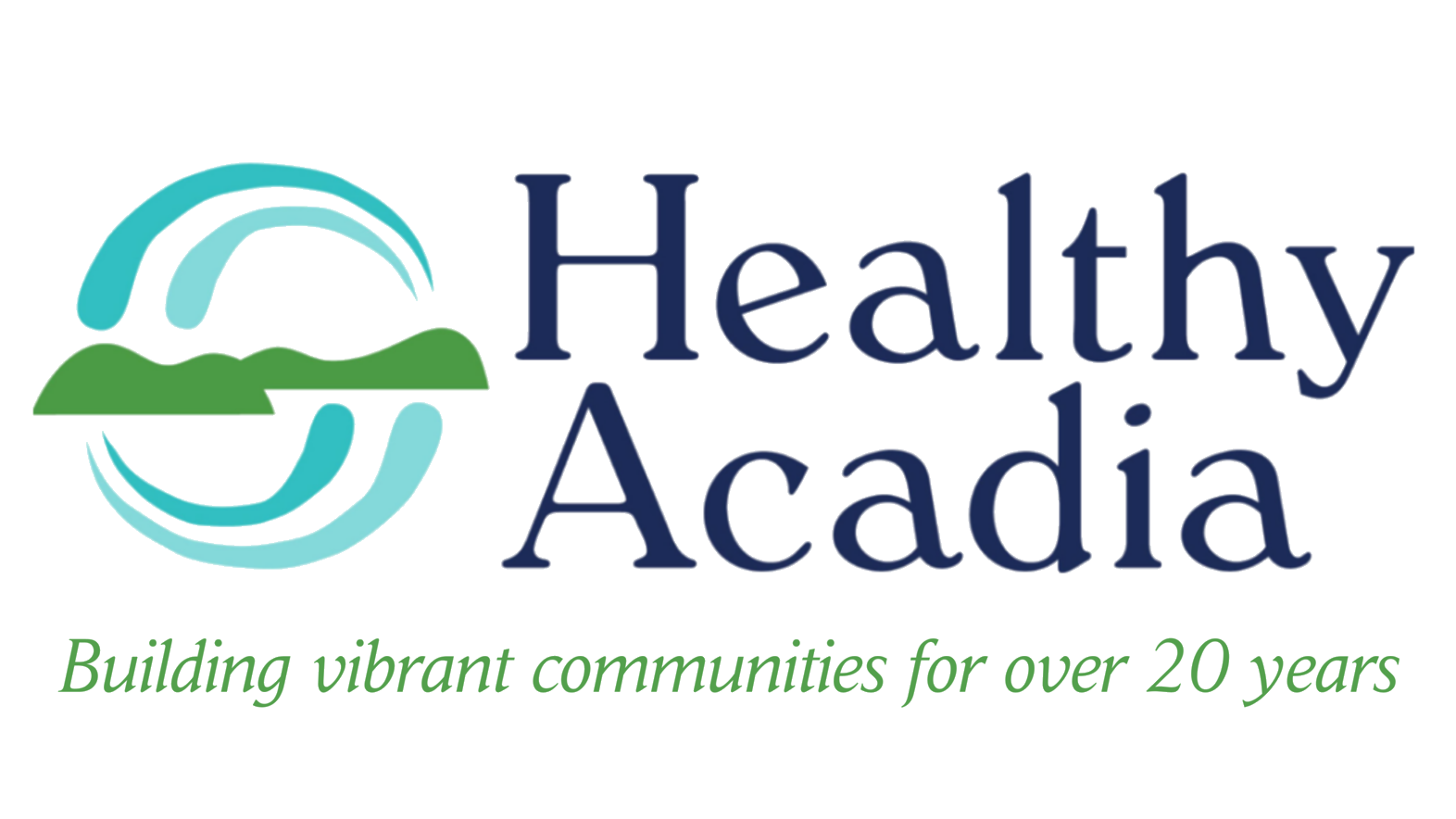Eastern AHEC Rural Health Immersion - Student Reflections: Brady Lamontagne
Healthy Acadia has served as Maine’s Eastern Area Health Education Center (AHEC) since 2023. Our service area includes Washington, Hancock, Waldo, and Knox counties.
Maine AHECs provide community-based clinical training experiences to health professions students; encourage Maine youth to pursue careers in the health professions; offer training and continuing education programs to practicing health professionals; and develop public health approaches to address current and emerging community needs.
As part of this program, Healthy Acadia and community partners work together to create rural health immersion opportunities for health professions students to learn more about rural and underserved communities, including Rural Health Immersions (RHI) for Care for the Underserved Pathways (CUP) AHEC Scholars. and community-based experiential learning opportunities for non-CUP scholars.
We will periodically publish guest blog posts from AHEC Scholars who chose to share their experience with the program.
Guest post contributed by Brady Lamontagne, UNE COM Student. Brady participated in our October 2023 RHI and reflects on the experience.
During the afternoon of our Rural Health Immersion trip in Hancock County, our group visited local fire and police departments in the middle of Bar Harbor, Maine to receive an overview about the emergency management services in this small tourist town. Captain Sanders and Officer Bland who work for both departments sat down with us and went over the pros and cons of working in a small rural town and what you would expect to see during one of their typical emergency calls. What didn’t surprise me was that falls were one of the most common calls the Bar Harbor EMS would respond to.
Captain Sanders explained that they would see an increase in falls in the older population during the summertime, where the town would see an influx of tourists. The problem that they faced however was being able to respond to multiple calls if they were to happen at the same time. We learned that Bar Harbor lacks several medical resources, including personnel, ambulances, firetrucks, and hospitals with certain specialties. Captain Sanders told us that they have only two ambulances with 4 medical personnel working them. They respond to fires when they occur, so they are severely limited to how many calls they respond to.
I was also shocked to hear of the increasing mental health problems that Bar Harbor was facing. Officer Bland informed us that there were a lot of drug use and mental health calls that he has been responding to, with many of them occurring during the town’s busy season. For me, this was surprising and extremely concerning.
Even though Bar Harbor is a small town, I never thought of it as a place where there is a bad drug problem. However, Officer Bland told us that fentanyl is a growing problem there, so they have been using more and more Narcan lately. Following our talk, we then went over the importance and use of Narcan. We went through the steps on how to use it and then were each given two single doses of the drug to bring back with us and use in case of an emergency. This small training was extremely helpful, especially since I have seen a lot of people using on the streets of Biddeford, so it is nice to know that I can help the situation if needed.
At the end of our experience at the Bar Harbor Fire Station our group got to tour the entire station. We got to see their kitchen, activity room, and ambulances. Captain Sanders told us that the station has been around for over 100 years and is in the middle of the town, which is where the stations would typically be in each town. I found it amazing how close the fire station was to all the stores and restaurants, making it so easy both the police and fire departments to help anyone that needs it.
After our experience with the fire and police departments, our group decided to walk around and visit some of the local stores and restaurants to get a better understanding of the atmosphere and culture of Bar Harbor. All the shops were side by side and the streets were busy with locals and tourists. We decided to have dinner at one of the well-known restaurants there called Side Street Cafe. Here we got to try some of the local seafood, including fresh lobster, which we learned a lot about earlier in the day when we took a tour on a lobster boat.
Once we were finished with dinner our group finished off the night by attending a live concert with performances by local indigenous people. The whole atmosphere of the concert was very warming and welcoming. There was a variety of people that came to this event, and everyone seemed to know each other. I could tell there was a really strong sense of love and support for one another. In addition, the performances were very interactive, and had a positive energy to them. During the last song that was performed people were invited to dance along on stage, so a couple of my classmates, Christina, and Sarah decided to jump on stage and dance with some of the locals.


